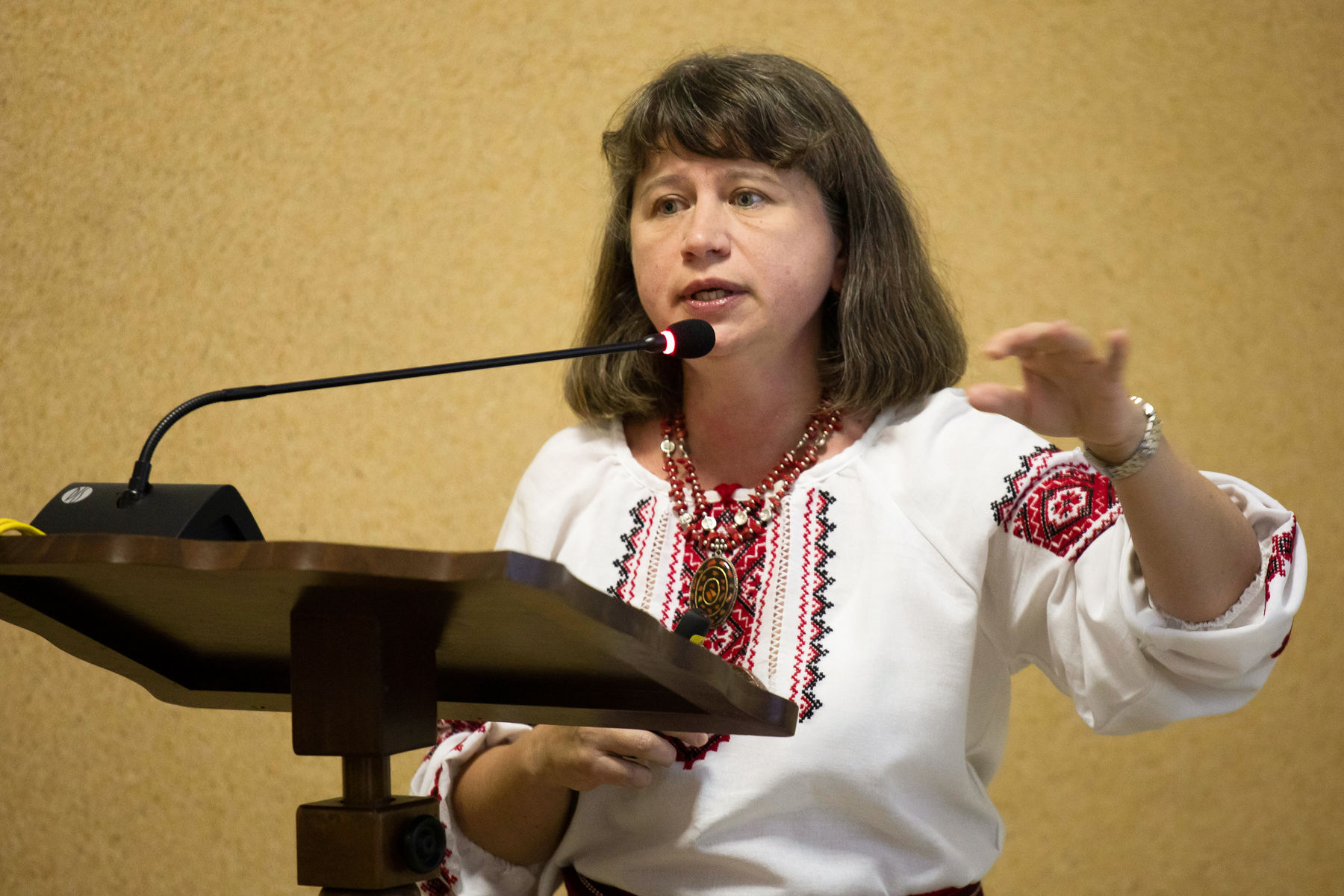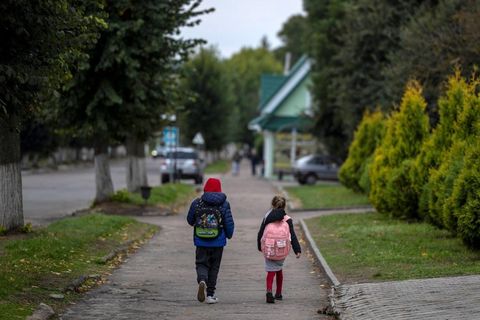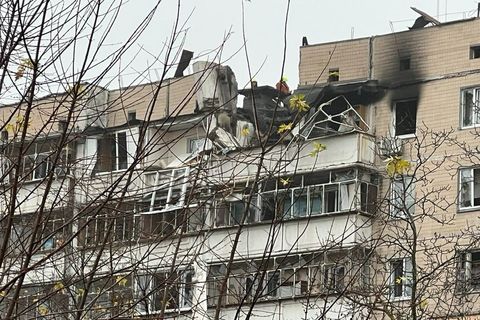More than 5 million IDPs: UGCC Bishops Are Presented with Data on Asylum Seekers in the Context of War
According to a survey of the intentions and perspectives of refugees from Ukraine, conducted at the initiative of the United Nations High Commissioner for Refugees in June 2023, only 14 % of Ukrainian emigrants have a definite plan to return to Ukraine in the nearest future. All the others exhibit a lack of clear understanding regarding their future, whether it involves staying in Europe or returning to Ukraine. Dr. Oksana Mikheeva noted this in her report on the central theme of the Synod of Bishops in 2023.

In her report on the internal and external forced migration of Ukrainian residents in the context of the full-scale Russian invasion, the speaker introduced important statistics on the number of Ukrainian refugees abroad and internally displaced persons, the main problems they face, as well as their condition and plans for the future.
According to the International Organization for Migration (IOM), 5.1 million internally displaced persons (IDPs) were registered in Ukraine in the summer of 2023. This number includes 353,000 people who returned from abroad but not to their homes.
Apart from that, Ms. Oksana Mikheeva stated that according to IOM, the most vulnerable categories among Ukrainian migrants are the elderly, children aged 5–17, and people with chronic diseases.
As for the forced displacement of Ukrainians abroad, almost all European countries have joined the efforts to help Ukrainian refugees.
“The data on the regions from which Ukrainian forced migrants come from vary in different surveys. However, the top five regions remain the same — Kyiv and Kyiv region, Zaporizhzhia, Kharkiv, Donetsk and Dnipro regions. The top 10 regions also include Lviv region,” the speaker noted.
Statistical and sociological data give us grounds to believe that there was only one significant wave of forced migration in February-April 2022. In the spring and summer seasons, the number of those who returned exceeded the number of those who left Ukraine.
It is important to note that in recent surveys in Bern, Warsaw, and Berlin, the issue of assisting in times of need demonstrates a specific demand for support from religious institutions.
Summarizing, the speaker emphasized the problematic aspect of statistics on general forced migration, especially migration to aggressor countries. According to UNHCR estimates, from the beginning of the war until June 2023, 1,275,315 Ukrainian refugees were officially registered in Russia and 27,675 in Belarus.
“However, since Ukraine does not control the border with Russia in the combat zones, as well as the border with the quasi-state formations of the DNR-LNR in the parts of Donetsk and Luhansk regions occupied in 2014, it is impossible to verify these data. Similarly, it is almost impossible to separate in these statistics those Ukrainian citizens who voluntarily crossed the border with Russia from those who were deported, are in captivity, or who were forced to leave through ‘humanitarian corridors’ open only in one direction — towards Russia,” noted Dr. Oksana Mikheeva.
The UGCC Department for Information


